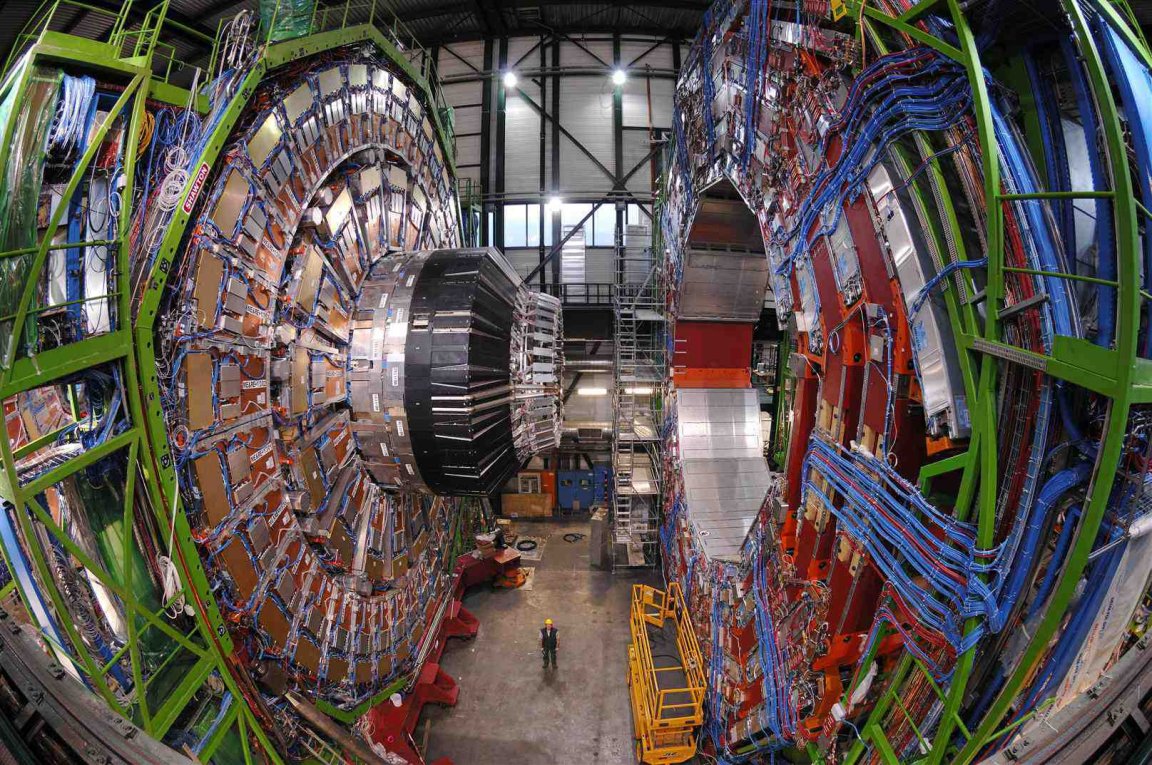
There is much speculation regarding how the Higgs Boson and Higgs field came into being, and many scientists wish to claim the discovery as their own. In truth, there were scientists that were working on a mass-generating mechanism before Peter Higgs (who gave his name to the Higgs boson and Higgs field). The team most closely working on this topic included Robert Brout and François Engler.

In August of 1964, they independently detailed how a mass-generating mechanism could work. Another group – Dick Hagen, Gerald Guralnik and Tom Kibble – also produced similar ideas, also done independently, but published it shortly after Peter Higgs in November of the same year.
This, of course, was a bit of a problem for the Nobel prize committee, as the rules state that the prize can only be shared with a maximum of three people.
Nonetheless, it was Peter Higgs at the University of Edinburgh, UK who first explicitly predicted the particle we now call the Higgs Boson – in a paper published in October 1964. Consequently, the committee gave the
Consequently, the committee gave the Nobel Peace Prize in Physics to François Englert and Peter W. Higgs.
What Exactly is the Higgs Field?
Physicists at the time were trying to understand why some particles had more mass than others (to sum the problem another way: We don’t understand why certain particles have mass; it’s believed that all force carrying particles should NOT have mass. To the contrary, we’ve learned that particles that carry weak force do have mass). We needed to know what was the driving force is behind this mechanism.
This is where Peter Higgs stepped in.
He was able to come up with a theory which suggested that there was an energy field that all particles in the Universe interacted with. In essence, the more massive the particle, the more it interacted with this field. Conversely, the less massive particles interacted with this field less.
You can think of the Higgs Field as an ocean and the particles as fish. For instance, a Herring is a fish that functions very well in water. It can turn and swim pretty fast. In this case, the fish represents the particles with less mass (like an electron). The less mass the particle has, the less it interacts with the Higgs Field. Now the opposite of this would be the Top Quark, which is the most massive particle found. This can be represented by a Sunfish swimming in the ocean.
However, one big difference between fish and particles is that the Top Quark is more massive than the electron but it is not bigger than the electron. In fact, they can be said to be the same size, and they both have zero size (but this is just an analogy to help you understand the differences between particles and their interactions within the Higgs Field, so don’t read too much into the fish comparison).
What is the Higgs Boson?
The Higgs boson is the gauge boson (carrier) of the Higgs Field, just as the photon is responsible for Electromagnetic Field, the W and Z boson’s are responsible for the Weak Nuclear Force, and the Gluon is responsible for the Strong Nuclear Force. Using the same analogy as above the Higgs Boson can be represented as the water molecules that make up the ocean.
Since the Higgs boson quickly decays into other more stable particles, it’s far more difficult to observe than other subatomic particles created in particle accelerator collisions. In these particle accelerators, scientists attempt to mimic the conditions similar to that of the big bang (when this Higgs boson is created). It’s believe to exist only for a septillionth of a second, making the work of sorting through the data collected from trillions of collisions in order to find the Higgs a tedious process.
However, in the middle of 2013, CERN announced that the boson discovered through particle collisions at the Large Hadron collider in Geneva is the long sought after Higgs Boson particle.
Why should you care about any of this? Because the Higgs boson particle is part of the reason why you exist. In fact, the Higgs boson is basically responsible for all of our physical reality. If particles didn’t have mass, they would zip around the universe at speeds similar to the speed of light, which wouldn’t allow the particles to coalesce into atoms, which in turn, form matter.